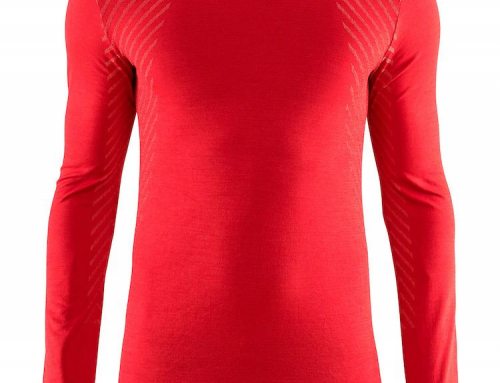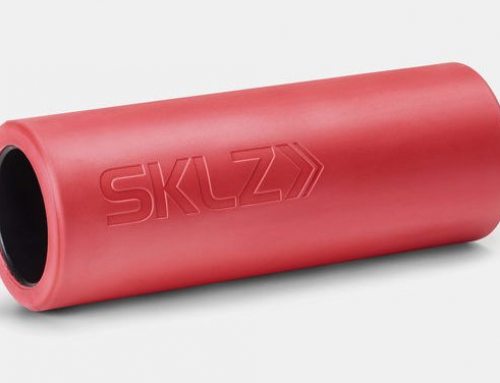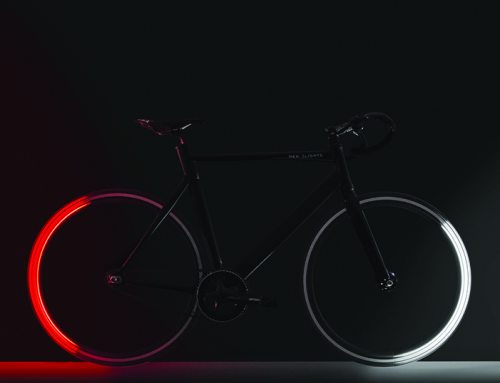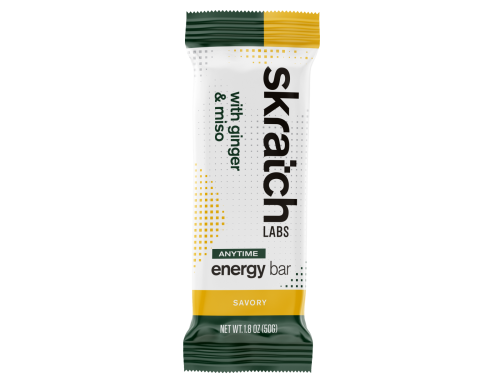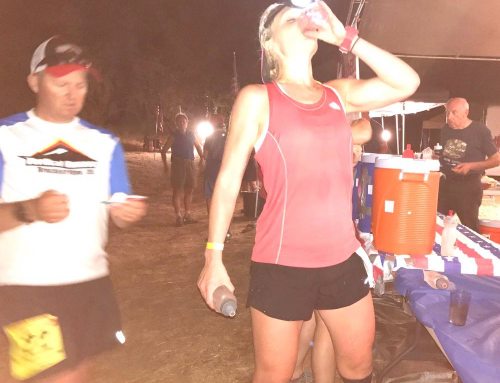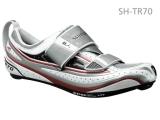 Shimano SH-TR70 Bike Shoes: $349.99 – By Cid Cardoso, Jr.
Shimano SH-TR70 Bike Shoes: $349.99 – By Cid Cardoso, Jr.
Finding a good fit with a pair of bike shoes is harder than one would think. It’s not that there aren’t enough options out there. There are numerous brands and over one hundred models to choose from. However, the line between shoes that fit a little on the loose side (thus creating loss of energy during the pull part of the pedal stroke) and a little on the tight side (thus creating pain or numbness on long rides) is very thin. Then there is the fact that bike shoes need a hard sole to improve energy transfer and pushing against a hard sole for countless revolutions and several hours add yet another challenge for bike shoe manufacturers trying to maximize comfort. It is not surprising then that custom bikes shoes, (such as Rocket 7) have appeared in the market. The obstacles with fully custom shoes have been the price (usually $400 and up), the fit process (more like an orthotics fit where a mold of the foot is taken and then sent to the manufacturer) and the wait (which was can be several weeks). Then what if the fit is not perfect? In a clever way to address all of the above, Shimano has introduced semi custom, fully moldable bike shoes. In the triathlon market, this model is the SH-TR70 and it was used by Craig Alexander on his way to his 2008 victory in Kona.
Shimano actually calls their technology “Heat Moldable Custom Fit” and makes it available in several high end shoes. By fully moldable I mean that the upper of the shoe as well as the insole is moldable. Moldable insoles (or foot beds) have been around for quite some time with reasonable success. I personally find that custom orthotics, moldable insoles (made for cycling) or even some standard aftermarket insoles can significantly improve rider comfort, by providing additional arch contour to mostly flat soles. Nevertheless, Shimano’s molding of the upper part of the shoe is an industry first, and this is done at the retail environment with minimum wait.
The process is simple and from start to finish takes about 30 minutes. After determining the correct size, the insole is removed and “baked” in a Shimano specific oven for a couple of minutes. Then, it is inserted back in the shoes and worn by the customer for a few minutes to allow the mold to settle. The same process is done for the other foot. Next, it’s time for the shoes themselves to be “baked” for 2-3 minutes each. Once removed from the oven, the customer puts the shoe on (with the insole inside) and foot and shoe are fitted into a boot- shaped plastic bag. A hose is then inserted in the bag and the plastic boot is sealed at the calf with a tight Velcro strap. A machine then sucks all the air out of the bag, creating a vacuum and ensuring a really snug fit. It helps to smooth out air pockets in the process and to use the hands to completely mold the shoe to the foot. After a minute or two, the machine is turned off, the strap is released and the bag is removed. The result is custom, uniform, snug fit. The process is then repeated with the other shoe. Note that the shoe can be molded up to three times in the life of the shoe, which should be enough to get the desired fit. I had my shoes done twice.
Did it work? Yes, in my case it did. I had been wearing the Shimano TR50 in a size 45.5 so naturally I started with the same size in a TR70. However, I found this to fit quite a bit looser prior to the custom fit process, almost sloppy throughout the mid-foot. Perhaps the difference is intentional by Shimano, allowing the slack to be removed by the heat molding. Either way, I could not have worn the new TR70 in the same size without the molding process. After the molding process however, I got the snug fit I look for in a pair of bike shoes without being excessively tight in the toe box. The molded insole was also significantly better than the insoles in previous Shimano tri shoes although I removed it in favor of my orthotics.
Besides the moldable feature, the TR70 is a high end shoe in its own right. It has an ultra light, super rigid and strong carbon sole designed for maximum power transfer. The stiffness is pleasantly noticeable during the pedal stroke but I did not find it to be uncomfortable during long rides, like some have claimed. The shape-retention upper is made out of synthetic micro-fiber leather which succeeds in combining support and ventilation. The interior is seamless so triathletes can wear them without socks and is supposed to dry quicker, although I did not notice any difference. The heel cups are reinforced and engineered to “grab” the heel and this I did notice, as I had a little slippage with previous models. Finally, it utilizes the same oversize target entry and inward strap with cut-able slots as in the TR50 for further customization and fast transitions. A second strap is added to the TR70 model but I did not find this to make a significant difference either way. It does provide another degree of adjustability but it’s minimal. At the same time, velcroing one additional strap in each shoe does not increase transition time. At approximately 550 grams it is lighter than it looks, being only about 25 grams heavier than old favorites, like the Sidi T2 shoe.
Overall, I have to say that the TR70 is the most comfortable shoe I’ve had up to date. I suppose that for $350 it should be but it’s actually not the most expensive shoe I’ve ever owned. I liked the TR50 but the TR70 takes comfort and fit to another level. I got that familiar feel of worn shoes right away without the sloppiness and flex of a worn shoe. If one is not picky with bike shoes, other models like the TR31 for $130 and the TR51 for $200 will make more financial sense. Nevertheless, for those who have had a hard time finding the perfect fit, the TR70 should be checked. They are pricey but considering the time that some of us spend on the bike during those century rides $350 from feet comfort may not be such a bad investment.
# # #
Cid Cardoso Jr., owner of Inside Out Sports, has been doing triathlons for over twenty years. In October, he competed in his 21st Ironman – his sixth appearance at Kona. A veteran of ultramarathons, he has competed in Team RAAM twice. He has seen equipment evolve with the sport and continues to test new products to assess their impact in performance. He trains, works and resides in Cary, NC, with his wife, two daughters, and son. You can reach him at cidjr@insideoutsports.com


